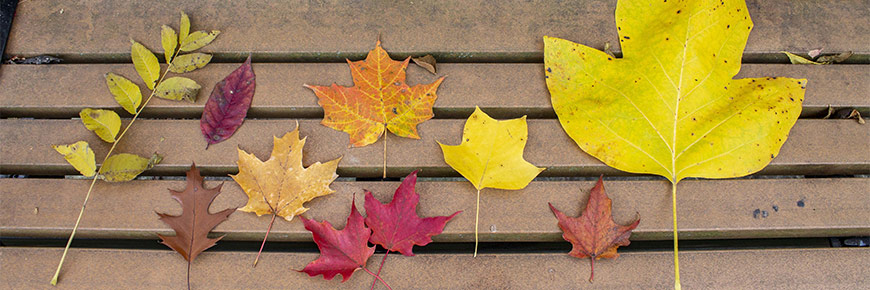
Historic nature of Woodside
Woodside National Historic Site
Late 1800’s
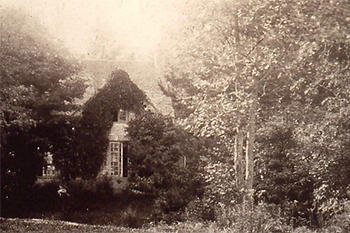
The Historic Setting
Originally, Woodside would have been a lush growing area for trees and plants, complete with swamplands. Indeed, Woodside would have been a heavily-treed, almost fifteen-acre parcel of land, complete with outbuildings and a magnificent home in the center where the restored home sits today. Notable historic trees include a lilac tree, a tulip tree, and a cherry tree.
Mid 1900’s
What Happened to All the Trees?
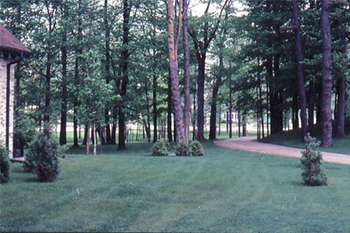
Many families managed the homestead prior to its abandonment. Lots of trees were cut for firewood and a lot of the swampland was filled in. The grounds also suffered a major tree loss due to Dutch elm disease. After the building restoration, the federal government declared the site a National Historic Park and maintained the park using common property management practices of the day: well maintained, lots of open green space, manicured lawns, trees, shrubs and no weeds. Extensive herbicide use was a common practice. This caused Woodside to diverge from the historic setting that it once was.
Present Day
Restoring History
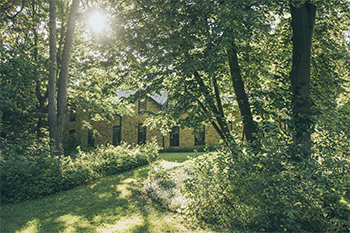
A number of tree planting initiatives have been taken to restore Woodside’s natural look. Large amounts of trees, such as silver maple, white cedar, red oak, and basswood were planted to help fill the canopy alongside historic trees such as white pine, black walnut, white birch, and ironwood. Shrubs, such as red osier dogwood and American witch-hazel, were also added to help give a lusher, more grown-in look to the site. While a number of natural factors often threaten the large trees of Woodside, the prevailing effort to maintain the site’s green historic setting continues to this day.
Trees of Woodside
The Cherry Tree
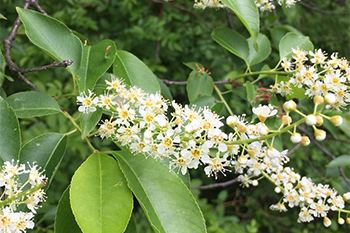
William Lyon Mackenzie King mentioned a black cherry tree that grew near the kitchen door. The tree made it very easy for Willie and his younger brother, Max, to climb in and out of the house’s upper level, through Max’s bedroom window just off the kitchen roof.
This deciduous tree’s wood can be used for smoking foods or as high-priced timber, while its fruit, the black cherry, is often used for jams or pies, as it has a sharper taste than that of its cousin, the sweet cherry. This particular tree however, was most likely planted as an ornament of the Woodside property, because of its flowering period in the springtime.
The Tulip Tree
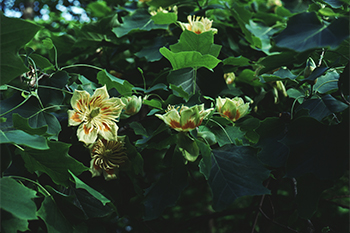
Perhaps the most notable of the trees still at Woodside is the large, double-trunk tulip tree growing near the lily pond, behind the historic house. This tree was said to have been planted by John King himself in 1886. The tree has been banded together as a way of protecting it, and although one side is dead, removing that half would result in the loss of the entire tree.
Woodside sits near the very northern edge of the tulip tree’s natural growing range. Although tulip trees make very valuable timber due to their strength, lack of limbs, growth rate and lifespan, many of these trees are planted for their ornamental appeal, much like this one. The flowers of this tree, which have an orange base and yellow-green pedals, can typically be seen in full bloom around mid-June.
The Lilac Tree
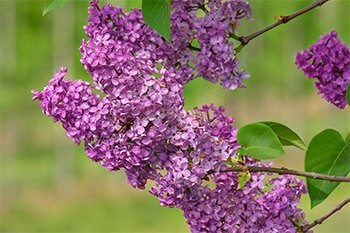
At the beginning of site restoration, William Lyon Mackenzie King remembered “a beautiful lilac tree” that grew near the porch leading to the kitchen.
The bright flowering, woody plant is a member of the olive family, and typically range between two and ten metres in height. Lilac is native to southeastern Europe and eastern Asia, meaning the tree would have been planted by owners of the property for its decorative appeal. It is worth noting that lilacs are now considered an invasive species and should no be propagated.
Walnut Trees

While spanning a large area in the eastern half of the United States, the natural growing range of black walnut trees in Canada extends only a short way into southwestern Ontario, putting Woodside right near its northern boundary. However, this deciduous tree is still able to flourish throughout the property. One of these trees in particular, west of the parking lot, is believed to predate the house itself.
Walnut was, and still is, a great source of timber. Being that it is heavy and strong wood, it has often been used for gun stocks, flooring, and furniture. Much of the furniture you’ll find in Woodside is made from walnut timber, including parts of Mr. King’s gun cabinet, parts of the table in the parlour, and various other pieces around the house.
Pine Trees
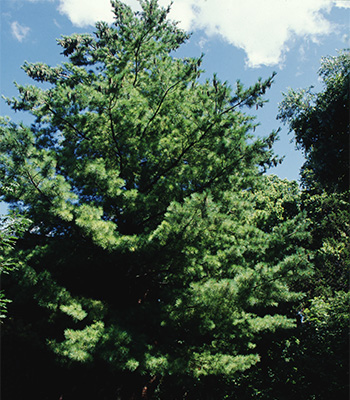
White pine is a native coniferous species to most of southern, and bits of northern Ontario, as well as the north-eastern American states. It has been widely grown in plantation forestry because of its knot-free and easy-to-cut timber. Historically, it has been used for furniture, floor paneling, and ship masts.
Woodside would have had its own pine orchard, much like the one that can be seen today on the western portion of the property, where you’ll find the trees planted in rows. It was a favourite spot of the King children for camping, reading and studying.
“I recalled vividly and had the thought while lying there under the pine trees in the orchard, wondering if someday I might be able to come back after years of public service and secure as my home the place of my childhood, ‘Woodside’”. -William Lyon Mackenzie King
Cedar Trees
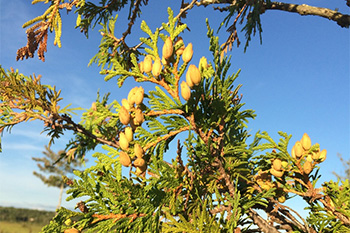
The natural growing region of the eastern white-cedar sits much farther north than many of the other trees we have at Woodside. This coniferous tree would have been abundant in the swamplands that covered the northeast portion of the property. It grows particularly well in these damp areas, where other faster-growing trees cannot compete. In some conditions, this tree can have a very long lifespan, with some species living hundreds of years.
Over time, the swamplands had been filled in and many of the cedars had been removed. More recently, however, a tree planting initiative at Woodside included the addition of 46 white-cedar trees to the eastern and northeastern swampy areas of the property. This has helped significantly in blocking the view of surrounding industrial land, and restored the denser, greener historical setting all year-round.
- Date modified :